An Exclusive Interview with Níkos Aliágas
By José Jeuland
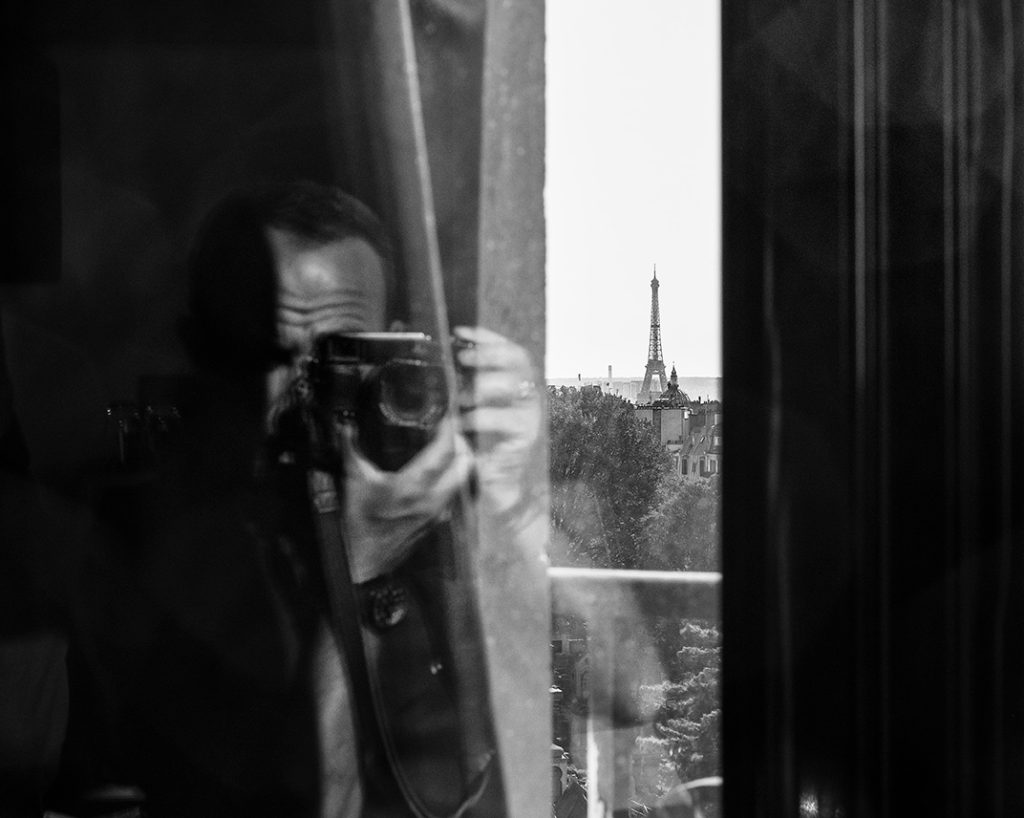
“With photography, I’ve learned to be patient. Sometimes, I can have an hour of free time to analyze where I’m at and to understand the situation, maybe even take a few pictures when I feel that the time is right.”
– Níkos Aliágas
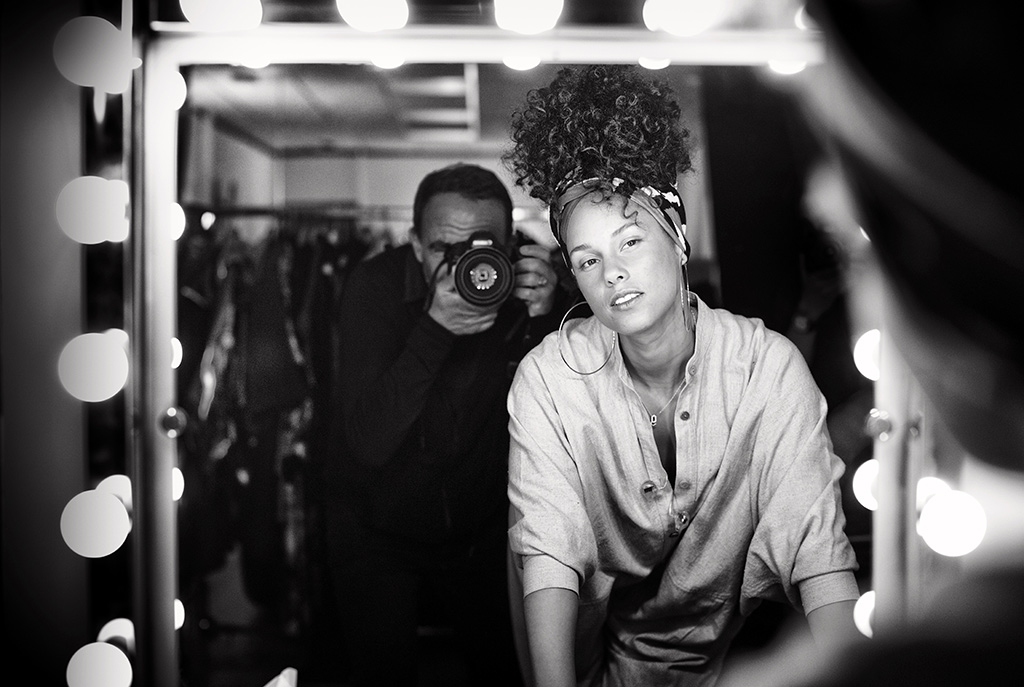
José Jeuland: Hello, Nikos! First, I’d like to thank you for taking the time to talk to us on your birthday.
Here’s what I know about you (apart from your birthday); You were born in Paris, and you are a French with Greek origins. You are a renowned figure on French TV and in France and Greece altogether.
Since you started your career as a journalist in 1993, you’ve gone beyond the traditional boundaries of the profession on being a journalist and producer on the radio, writer, host, and singer. Have I missed anything?
Nikos Aliagas: Nope, you’ve got them right!
Singing was just an experience between others; I only perform in Greece, and I simply do it for the joy.
On my own time, I write books and am passionate about philosophy. In fact, I’m a huge collector of old books.
I would consider myself to be a curious man. I have had many interests along the way. I don’t believe in just having one job at any one time, and I enjoy exploring various activities. I’ve also always been into photography.
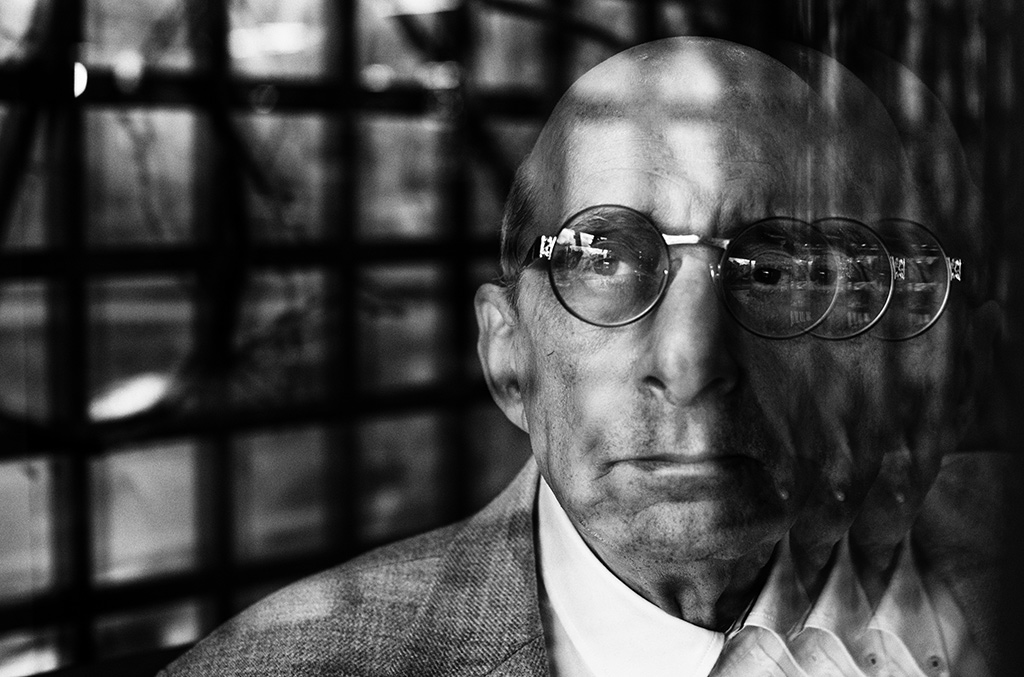
J. J.: We know you as a celebrity photographer on TV or doing portraiture – but there’s so much more! Recently, I saw a beautiful series you have created in Greece – Life Photography, full of poesy, and another of Sri Lanka. Could you tell our readers more about that?
N. A.: I frequently connected with strangers, and I knew I had to realize the experience that came by. I may or may not had taken pictures during these experiences, but I knew I had to live in the moment. Truth be told, when you have these moments, you’ll feel the freest!
I have an exceptional job, one I hold dear to heart.
I’ve been exposed to various media types along the way, but photography inspires me in my personal life.
I needed to explore this art, not to become a professional for the status or to prove something, but rather to share and live the power that’s in the action of taking a picture. It is not my main job; I do exhibitions, sell prints, etc. But, it is not the end goal. The goal is understanding a story and telling it without making mistakes.
I need human connection and have always been on a quest in my own life and personal heritage, tapping onto my two cultures. I’m interested in people and like to discover our common interests, even if we do not speak the same language or do not have the same God.
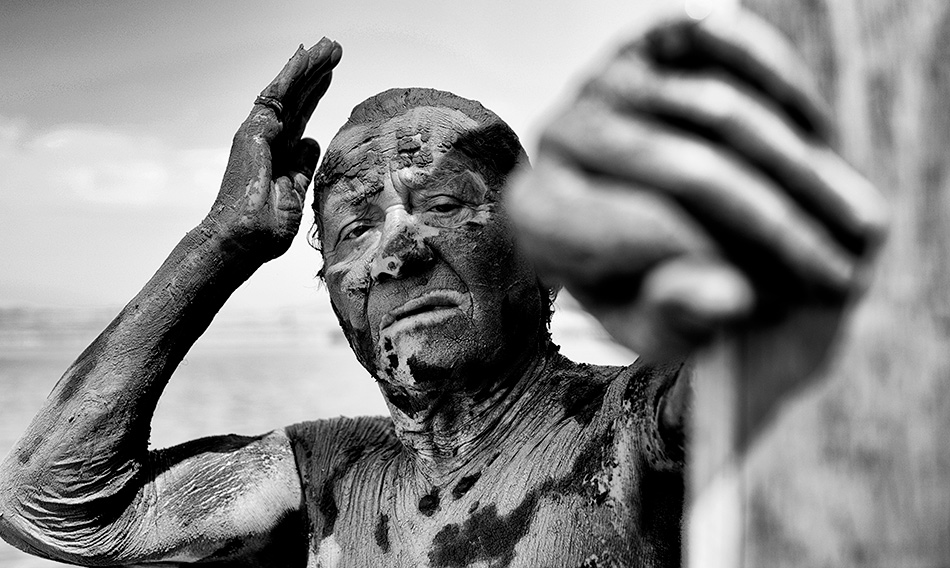
J. J.: Can you please expand about these series? How were they put together?
N. A.: Sri Lanka was exciting. I alighted from a taxi, and it was pouring. I did not have much battery left in my camera, and available memory space wasn’t in my favor, either.
I told my wife I would meet her at the hotel later that day but only came back the next morning. I found myself immersed in religious festivals where no one knew me.
It was very crucial for me to fit in, and it was of the utmost importance to me to understand my existence within my surroundings. It was not the first experience of its kind since I had been present in traditional celebrations of similar scales back in Greece and France. I enjoy the spiritual search and experiences, and the pictures only come at the end of it all.
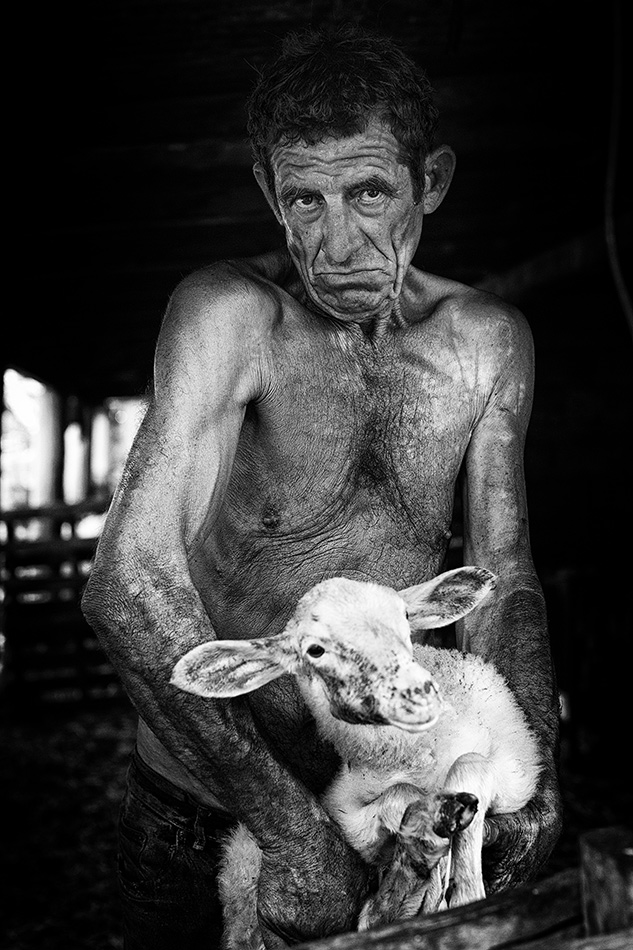
J. J.: How important is photography to you? What significance does it have in your life?
N. A.: To me, the most beautiful pictures are the ones I see when I don’t have a camera with me; when all I have are my eyes. In fact, the best pictures are the ones that we don’t usually see in a frame. They are ultimately invisible – except for through humanity and destiny.
It doesn’t quite work out when I try to stage my pictures, even at the studio. It is the urgency of the unexpected that pushes me to understand something with intuition and try it without overthinking it.
It is exactly what I say to young protégés who are keen to explore a career as presenters. The key is not to have plans and to follow your instincts simply.
Destiny – If you miss an opportunity to take your photo, it does not matter. I believe it’s the God of Photography above who puts us on the right path [both laughing].
There were many times when I was in the presence of big celebrities, and with that pressure around me, I didn’t end up with great pictures due to overthinking my techniques.
When I’m in the right place with all the right factors – personal environment, geography, psychological state – my photos turn out great, each time! I think embracing the unexpected is something to hold on to with a few thoughts in the mystic side of the situation.
Yesterday, on my way back from an interview by Trocadero, just in front of the Eiffel Tower, I saw a kid skateboarding. I had my camera with me, and I asked the boy if I could take a picture of him, and he shrugged his shoulders – so I let him do what he did best while I shot a couple of pictures. He did not recognize me as I was wearing a mask and a hat.
After I was done, I showed him the images, and he said they were cool and wanted to do it again. Unfortunately, I had to decline his offer, as I saw no sense in reliving the moment. The pictures that were taken were unique, with the boy up in the air and a bird flying in the background. It is unexpected. It is destiny.
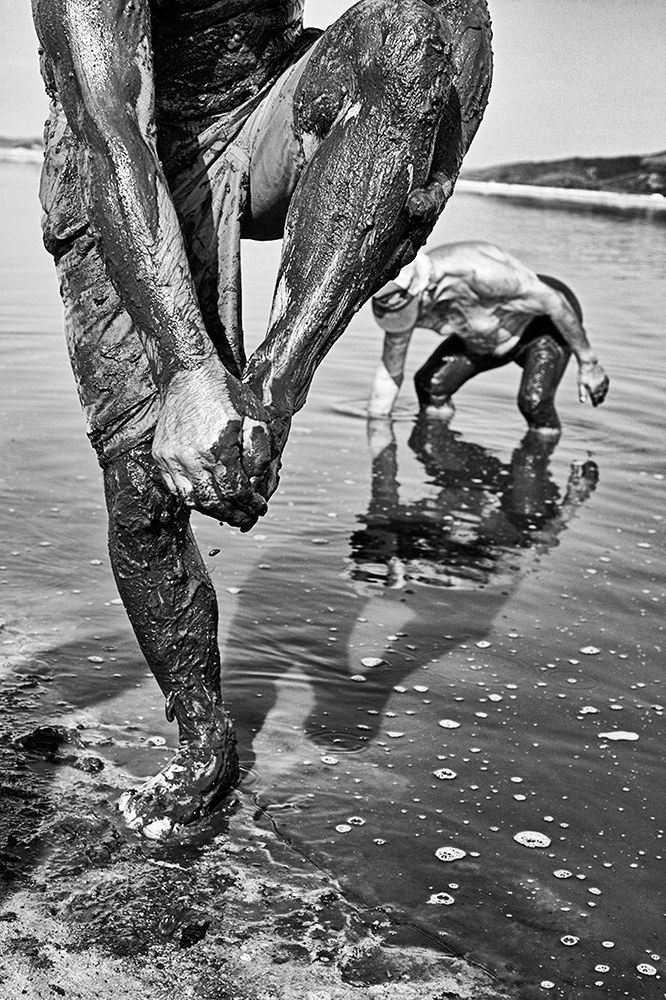
J. J.: Your photography book, “L’Épreuve du temps,” is poetic with a certain melancholy to it. It’s engaging us in a philosophy that embraces us into a wobble of lights and shadow through open-mindedness. The presence of time is a dominant factor in your book. Please, tell us more about that.
N. A.: I have an obsession with time. Like in the Thrace region in the north of Greece, I photographed an older man who went through several wars, a stonemason of 90 years old. He was a musician of traditional corn muse. When I photographed him, I didn’t know who he was. I met him in the streets, and he showed me to his house; he told me all about his life, the poesy of childhood, his wife – and I even recorded our conversation for four hours.
I wanted to protect his stories not to let them be forgotten, but rather, to keep them alive. Unfortunately, he passed away six months later.
Someone found a picture of him that I published on my platforms. Only after he left, I learned that he was a renowned musician in the region and that he was a highly respected hero of war. He did tell me some of these things in a very humble way by minimizing his heroism. I met him by chance, and my picture was the last testimonial of him. I took it as a form of tribute.
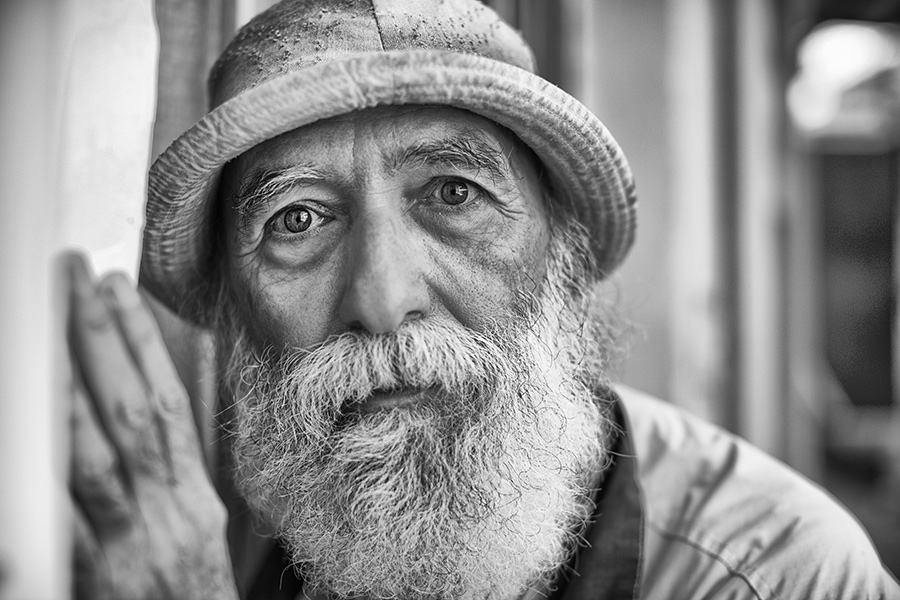
Time tells you why you were there, to begin with, and answers all the “Why” questions. Why was he someone that came to my attention? Why did I meet him? Why was he so special to me?
I immortalized this man without both him and myself knowing. I photographed his hands, listened to his childhood dreams, and kept him a more alive than he already was.
Today, when I look back on these photographs, it is intense. I rediscover these images differently and learn new things as I flip through. It’s never just lucked to be somewhere at some time!
When I’m with my camera, I feel different: my senses are tenfold, and what I hear and see is essential for ‘catching truths’ – moments that I will forever remember.
It was interesting how, in my most recent big exhibition, I took many images without any intention of exhibiting them. They were mostly photographed based on emotions or reasons of other sorts.
When I see my work exhibited and on display, I see it in a very precious way, and I do not want to professionalize it.
I’m already a professional TV and Radio presenter, and journalist, I’m happy to have photography by my side, purely for joy.
But I do miss time.
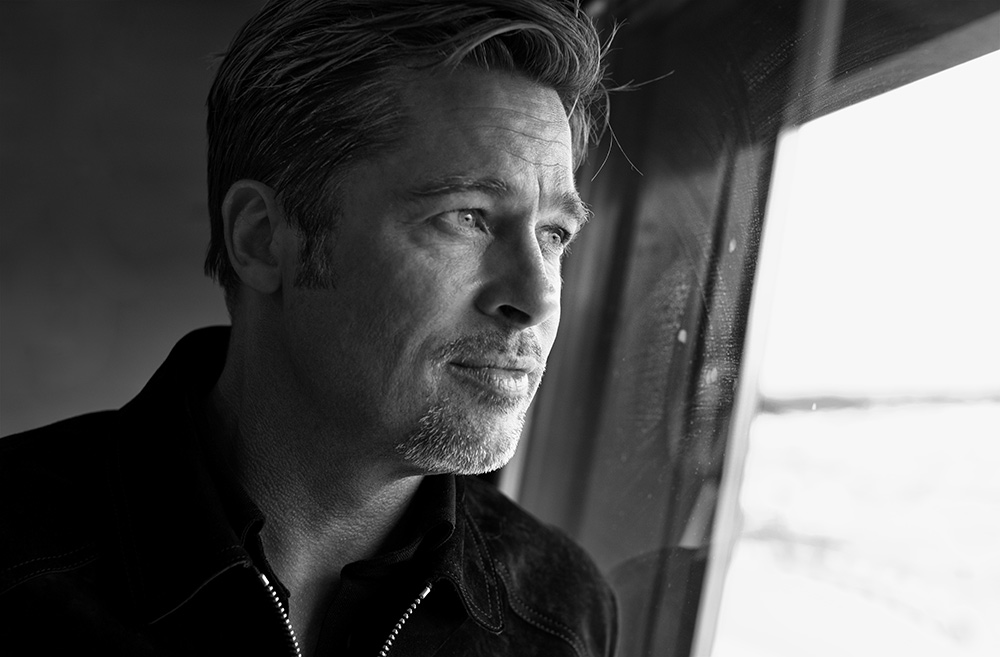
All rights reserved
J. J.: What about spirituality and religion?
N. A.: I’m interested in the reasons why people are united, the existence of a connection between them, and so on.
I want to know whether it was granted by something bigger than all of us. It does not matter which God it was; it only matters why. I have experienced various religious celebrations during my travels, and due to my home environment, it has always been emotional in all sorts of conditions.
(Níkos’ religion is orthodox)
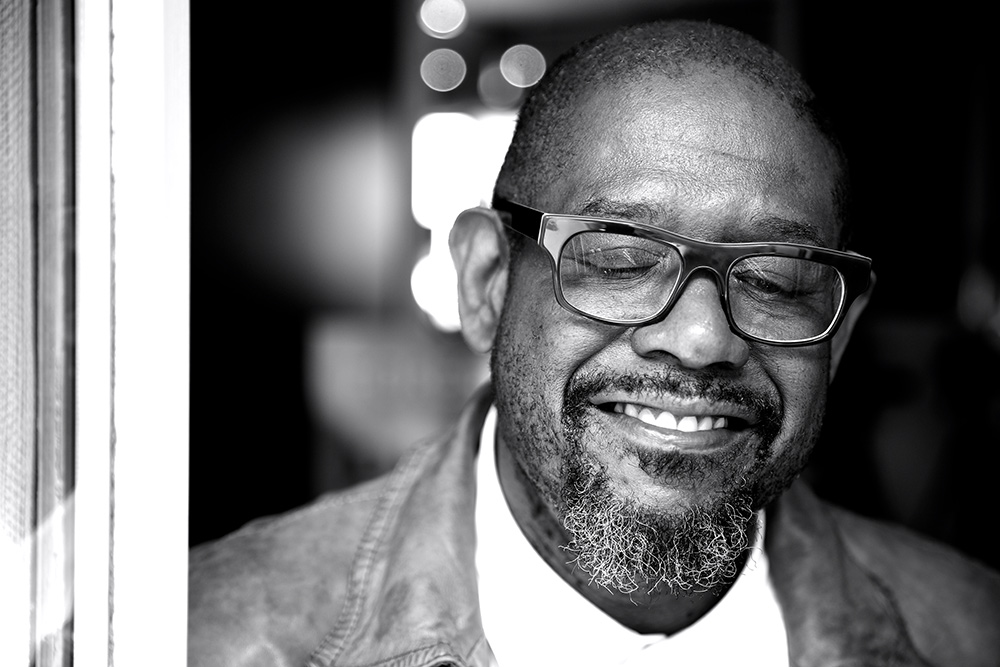
All rights reserved
J. J.: Do you believe that hands tell stories?
N. A.: The hands tell the truth, and they never lie. Your face is something you can change, even take through surgery to look different. Your hands, on the other hand, will never cheat. They say everything, and even tell you about your life, lifestyle, and heritage.
One of my favorite subjects in photography is the hands. I’m guessing I got my inspiration from my father, who was into manual labor. I have similar hands to those of my father. When I wear my father’s rings, and when
I look at my hands, I feel that they are the same as his.
Ever since I was a kid, I have observed the hands of my father working. This came as a natural interest to me, and I now enjoy taking photographs of older people’s hands.
J. J.: I see that you also include hands-in celebrity portraits, like the one with Mathieu Kassovitz. How did that work out?
N. A.: That’s right; I often incorporate the hands of celebrities into the frame. Sometimes, they don’t understand why. Interestingly, you mention him because I thought about him this morning.
How this picture was taken is interesting. It was at the radio station when Mathieu Kassovitz came to talk about one of his movies, and he mentioned that my pictures were outstanding, and I then promised to photograph him. I opened the window, asked my assistant to bring my black scarf, expanded it, and a ray of light shone through. I asked him to reproduce the gestures he makes while directing a movie.
I snapped three photos that day.
You can tell that I don’t take a lot of pictures. My preference is to take only a handful at a time. It is often the first impression that counts the most.
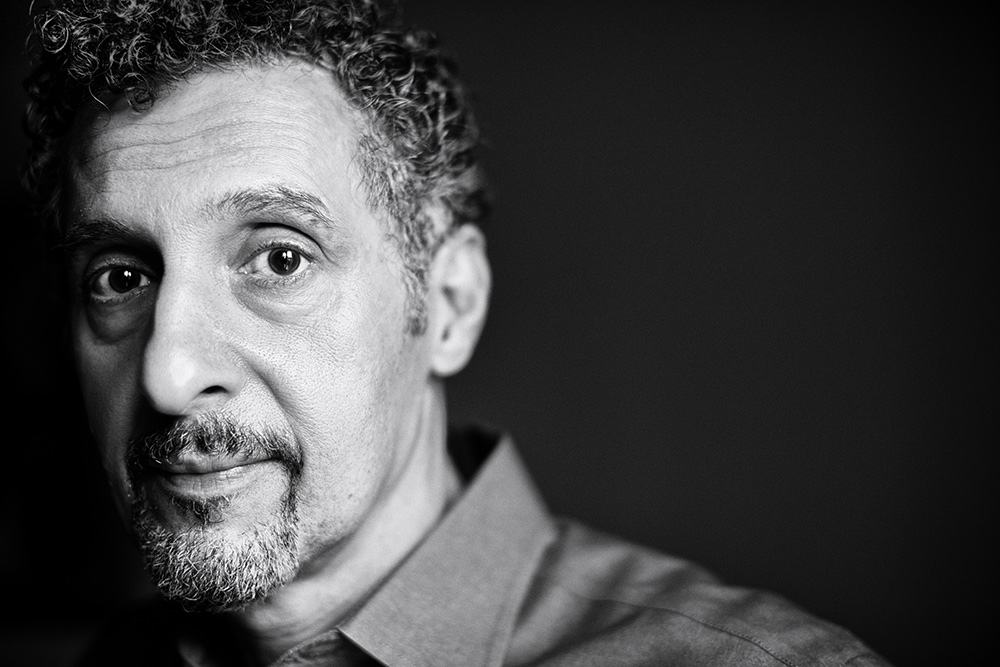
All rights reserved
J. J.: Do you think that through accompanying texts, a photographer can express himself on a deeper level compared to photographs by themselves?
N. A.: It is a book inside a book. In this book, I do not talk about the photos directly. It’s more about my approach to photography. The text is about different themes and personal quests.
I needed to include texts in my book as a way to express myself fully. It should be a perfect balance between the two – no one is more important than the other. This way, I don’t have rules; I just follow my feelings and instincts.
J. J.: Do you photograph alone or you prefer to be with people?
N. A.: Most of the time, I photograph alone.
I get assistance only when I have a commissioned shoot that I need to use gears for. Personally, I feel more comfortable by myself, with the ability to focus when I do not have to manage others. I don’t believe that the photographer can be a spectator. The photographer anticipates movement based on what he hears, and you are a part of the scene. I’ve always been working with a tight schedule, and I often have a very limited amount of time for photography on my hands.
With photography, I’ve learned to be patient. Sometimes, I can have an hour of free time to analyze where I’m at and to understand the situation, maybe even take a few pictures when I feel that the time is right.
One important quality of photography is to be patient. I don’t have the luxury of time, but I do enjoy setting aside some time for photography.
I like walking, listening, smelling, and embracing my emotions. Without these, I wouldn’t be able to take good photographs.
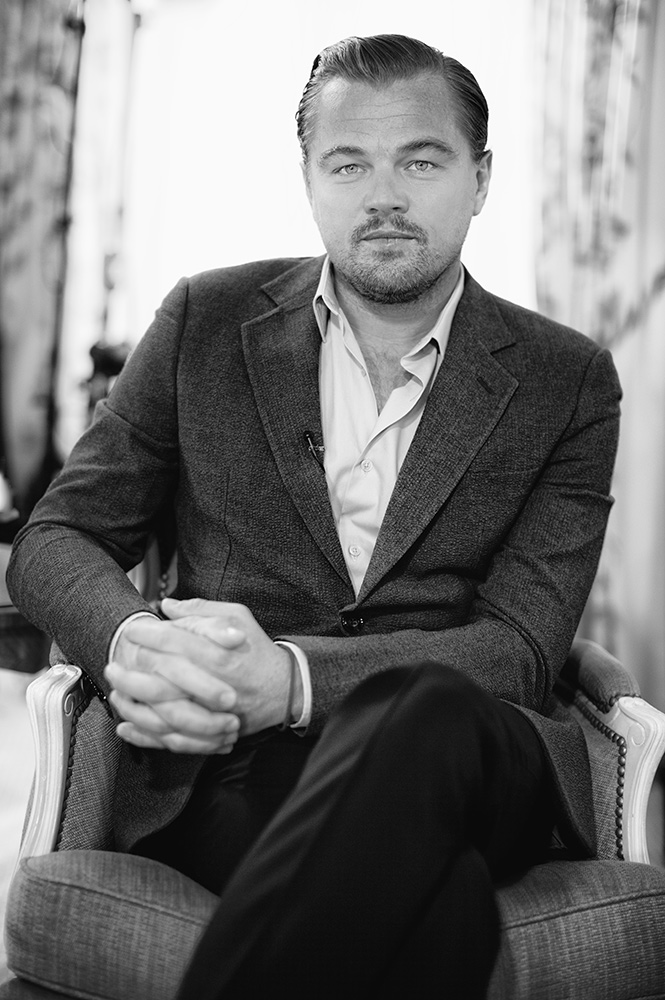
All rights reserved
J. J.: During confinement, many artists are active online or are working on personal projects. Have you done things related to photography recently? Maybe photographed your family or worked on some new projects?
N. A.: It took ten days before I decided to leave my house, and I was humbled by the situation. On my first day out to the grocery store, I saw Paris’ empty streets. On my second day trip to purchase some necessities, I took some photos on the way out on the streets, and it was extraordinary. I’ve never seen Paris like this, with no soul in sight.
I’ve photographed members of my family many times, although, it will never be enough!
I tried to look for pictures of my dad as I wasn’t in the mood to look for images related to work.
I wanted to look through and reminisce older times – basically, to look for photographs of people who are no longer with us.
I called people that I did not call for a long time just to tell them that I’m thinking of them and that I love them. Personally, I was in a spiritual mood; I classified my achievements and saw pictures of people and places that I’ve long forgotten about. The unique situation of confinement pushed me to analyze and reflect on what it is essential to me, the notion of time – being connected to the truths.
I hope to be more far-sighted and more emotionally connected after this pandemic situation. It is time for me to embrace my fragility and mortality. Keeping a photograph is keeping the person alive.
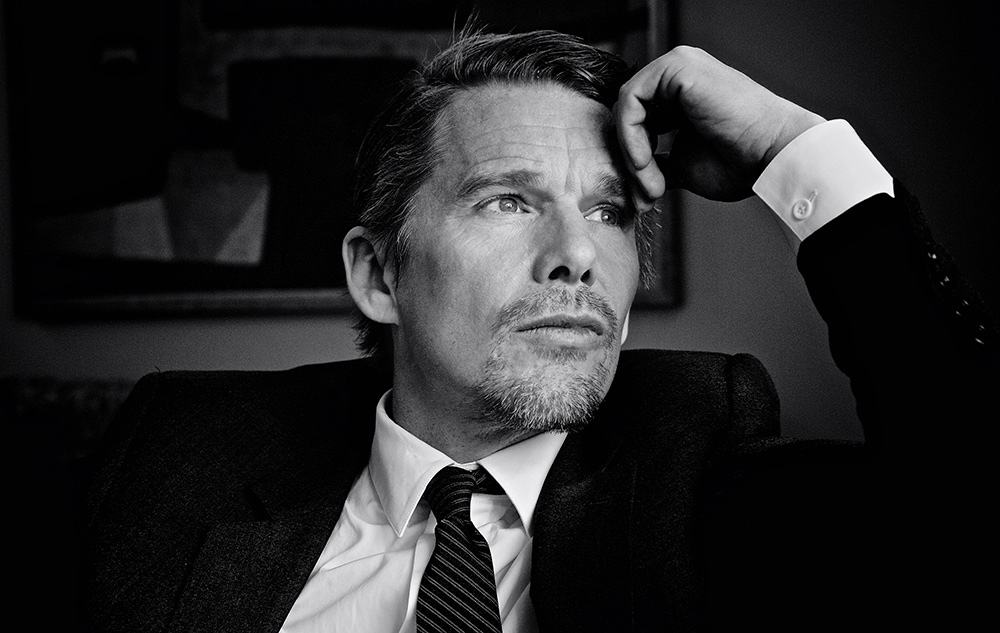
J. J.: I’ve observed that you use cameras of various brands and models. How often do you use each one?
N. A.: I have always used Canon, but I use different brands like Hasselblad, FUJIFILM, and Leica, too.
I even have photographs taken with my iPhone as part of my exhibitions because I only had my phone with me. I took them. More often than not, I use Canon, because I find it more reliable.
I recently used the mirrorless series R. It really depends on my mood and the time of usage. The deeper I get into photography, the more I realize that it doesn’t matter which camera I pick up. I mostly use fixed lenses, the 50mm, and 35mm – my usage of all of which was self-taught.
J. J.: Do you find the time to attend photography exhibitions in Paris?
N. A.: Each time I go to an exhibition, I step out and walk the streets in between meetings. I go to places such as the European House of
Photography, Jeux de Paume, Polka Gallery. I take inspiration from pictures in Flicker, too. It is interesting to see the evolution and various styles from others; to see the different approaches of the new generation of photographers.
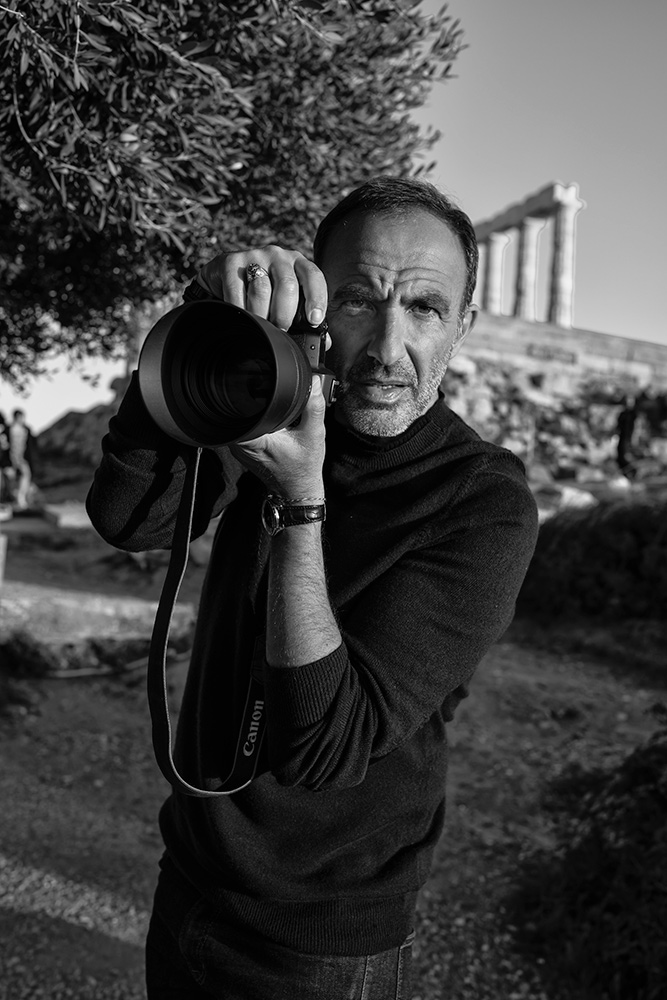
J. J.: How did the photography industry react when you started pursuing photography and exhibiting your work?

